Sala de Historia de la Prisión Seodaemun (서대문형무소역사관)
2.7Km 2025-05-13
Tongil-ro 251, Seodaemun-gu, Seúl
La Sala de Historia de la Prisión Seodaemun es un museo especial, situado en el Parque de la Independencia de Seodaemun. La prisión fue construida cerca de finales de la dinastía Joseon (1392-1910), y era el lugar en el que los soldados japoneses torturaban y luego ejecutaban a los seguidores coreanos del Movimiento por la Independencia. La Sala de la Historia de la Prisión Seodaemun fue establecida en recuerdo de la Prisión Seodaemun y para homenajear a los patriotas coreanos. Allí se encuentran siete celdas de prisión, una sala de exhibición histórica, una sala de ejecuciones, torres de vigilancia y una celda en el sótano en donde falleció Yu Gwan-sun, una figura histórica del movimiento independentista.
El 1er. piso es “Un Lugar de Reverencia”, en donde se informa sobre la Prisión Seodaemun a través de sistemas gráficos. Una gran pantalla muestra los orígenes de su fundación y los períodos de transición en su historia. La Sala de Material tiene exposiciones e información sobre la historia de Corea. El museo también alberga exhibiciones especiales. El 2º piso es “Un Lugar de Historia”, en donde se puede ver la “Sala de la Resistencia Nacional”, la “Sala de la Historia de la Prisión” y la “Sala de la Vida en la Prisión”. Este piso muestra ejemplos de cómo la gente luchó de forma continua, durante este oscuro capítulo de la historia coreana, para aferrarse a su esperanza y determinación de obtener la libertad. “Un Lugar de Experiencia” es el lugar más horrendo y espantoso de la prisión. En la “Sala de Detención Temporal” y en la “Sala de Tortura” verá recreadas escenas de torturas, que son terriblemente realistas.
En el Parque de la Independencia de Seodaemun cercano puede visitar la Sala de la Independencia, el Monumento Patriótico a los Mártires y el Monumento a la Declaración de Independencia del 1° de Marzo.
Centro de Arte Chungmu (충무아트센터)
2.7Km 2021-07-16
Toegye-ro 387, Jung-gu, Seúl
Abierto el 25 de marzo de 2005, el Centro de Arte Chungmu está situado cerca del Dongdaemun History & Culture Park. El centro, operado por la Fundación Cultural de Jung-gu, tiene un gran teatro, con espacio para 1255 personas, y otros dos más, de menor tamaño. Además, posee una galería y un centro de convenciones. La Fundación Cultural de Jung-gu ha hecho un gran esfuerzo para hacer de la zona un lugar creativo para la cultura y el arte. Los visitantes, de cualquier edad, pueden disfrutar y participar en las diferentes actividades culturales del centro.
Monte Bugaksan (북악산)
2.7Km 2021-04-08
Changuimun-ro 42, Jongno-gu, Seúl
+82-2-765-0297
Seúl está rodeada de montañas, principalmente Bugaksan, Namsan, Naksan e Inwangsan. Bugaksan, la montaña situada al norte de Seúl, es la mayor de estas, y es un vástago del monte Bukhansan. También es conocida como Baekaksan.
La Fortaleza de Seúl recorre la sierra y la puerta Changuimun (también llamada Jahamun), una de las cuatro pequeñas puertas que rodeaban el castillo durante la época Joseon, se encuentra al oeste de la montaña, cerca de Inwangsan. La ruta Bugak Skyway, que une Changuimun y Arirang Hill en Jeongneung, tiene unas magníficas vistas del centro de Seúl, y pasa por diversas atracciones como Changuimun y el Pabellón Bukak. Otra atracción es el Parque Samcheong, al sur del monte Bugaksan.
Los montes Inwangsan (al oeste de Bugaksan) y Naksan (al este) tenían ubicaciones perfectas según la geomancia coreana pungsu (feng-shui). El monte Inwangsan estaba plagado de tigres durante los comienzos de la dinastía Joseon. De acuerdo con la leyenda, el rey suplicó a la deidad de la montaña que enviara los tigres al otro lado del río Yalu. Aunque los tigres se marcharon, se le permitió quedarse a una tigresa con cachorros, cuyas crías se multiplicaron convirtiendo Inwangsan en un lugar temible lleno de tigres.
Inwang Skyway conecta la parte este de Insangwan con Bugaksan. La ladera este de Inwangsan se ha convertido en una elegante zona residencial, mientras que Guksadang (que significa literalmente "Santuario Nacional") fue desplazado de Namsan a un área al oeste de la montaña en la década de 1920. Aún hoy, se celebran exorcismos chamanes en el santuario, así como rituales en honor de las deidades de la montaña.
Jaha Sonmandu (자하손만두)
2.8Km 2021-03-29
12, Baekseokdong-gil, Jongno-gu, Seoul
+82-2-379-2648
Located in Buam-dong, Jaha Sonmandu is a restaurant specializing in Korean hand-made stuffed dumplings. Though the restaurant’s exterior is that of a classic restaurant, the succulent flavors of the food are reminiscent of grandma’s cooking — timeless and full of love.
Barrio del Tteokbokki de Sindang-dong (신당동 떡볶이 골목)
2.8Km 2022-09-22
Dasan-ro 33-gil 10-18, Jung-gu, Seúl.
El Barrio del Tteokbokki de Sindang-dong se remonta a los años 70 del siglo XX, pero su mayor auge llegó en los años 80. Además de ser presentado en programas de televisión populares de la época, el período también fue marcado por los mejores tiempos del béisbol de la escuela de secundaria, donde los estudiantes se aglomeraban en las calles durante los partidos entre la Escuela Duksoo Commercial y la Escuela Sunrin Commercial (ahora Sunrin Internet). Pasados los años, los antiguos estudiantes de la escuela siguen visitando la zona para recordar su juventud y seguir comiendo el especial tteokbokki. Sin embargo, algunos dicen que la historia de este barrio empezó en los años 50. La propietaria del restaurante Mabokrim Halmeoni Tteokbokki dice que el tteokbokki se empezó a vender en el año 1953, cuando en la zona estaba el teatro Donga y ella vendía tteokbokki, maíz y patatas a los visitantes. En un principio, el tteokbokki estaba simplemente hecho de gochujang, pero se fueron añadiendo ingredientes como huevos, fideos, pasta de pescado, y más recientemente calamar, gambas y queso para darle un mejor sabor; y lo que era una simple merienda se ha convertido en un plato principal.
I Love Sindangdong Tteokbokki (아이러브신당동떡볶이)
2.8Km 2020-04-10
50, Toegye-ro 76-gil, Jung-gu, Seoul
+82-2-2232-7872
I Love Sindangdong Tteokbokki is a tteokbokki (spicy rice cakes) restaurant opened in 2001 when seven tteokbokki restaurants with over 25 years of history joined together. A DJ plays music and tells stories to the guests. The restaurant also features a stage with an acoustic guitar for live performances. Order and delivery service is available via the website.
Barrio de Buam-dong (부암동)
2.8Km 2021-05-04
Changuimun-ro 145, Jongno-gu, Seúl.
+82-2-2148-1807
El barrio de Buam-dong, situado en Jongno-gu, Seúl, tiene aspectos del pasado mezclados con el ambiente sofisticado de Samcheong-dong. En sus calles curvadas se encuentran museos, cafeterías y restaurantes modernos junto con molinos y peluquerías de los años 60 o 70 del siglo XX. Originalmente, era un lugar tranquilo con viviendas de pintores, escritores, profesores y otros artistas que vivían con sus pasos pausados; pero recientemente ha ganado la popularidad por ser lugar de rodaje de la telenovela "Cafetería el Príncipe Nº1" (se encuentra aquí la casa de Choi Han-seong) y se ha llenado de cafeterías y tiendas comerciales con diseños únicos. Es una de las tres zonas de moda junto con Samcheong-dong y la calle Garosu-gil de Sinsa-dong.
Sala Conmemorativa Nacional del Gobierno Provisional de Corea (국립대한민국임시정부기념관)
2.8Km 2023-01-17
Tongil-ro 279-24, Seodaemun-gu, Seúl
Mabongrim Wonjo Halmeonijip Tteokbokki (마복림원조할머니집떡볶이)
2.8Km 2021-03-29
5, Dasan-ro 35-gil, Jung-gu, Seoul
+82-2-2232-8930
Opened in 1953 by a woman known as Mabongnim, the restaurant takes pride in its 50-plus years of service. As Mabongnim gained popularity, other similar establishments opened nearby, and eventually, formed the now famous “Tteokbokki Street.” The elderly proprietor is well known, even starring in a red-pepper paste (gochujang) ad in the 1990's.
The secret of this restaurant’s tteokbokki lies in the fact that red pepper
paste is mixed with Chinese soybean paste for a sweet and spicy taste, but has now been adopted by other Sindang-dong restaurants. Nevertheless, there is something special about this restaurant’s fare. At present, Mabongnim’s daughters-in-law are running the restaurant.
Museo Whanki (환기미술관)
2.8Km 2021-05-21
Jahamun-ro 40-gil 63, Jongno-gu, Seúl
La Fundación Whanji inauguró el Museo Whanki en 1992 en honor al pintor Kim Whanki (1931-1974). El museo posee alrededor de 300 piezas de Kim Whanki, así como realizar diversas exhibiciones especiales sobre el arte contemporáneo y otros eventos, además de exposiciones permanentes de las obras de Kim Whanki. Con dichas actividades, el Museo Whanki se esfuerza por recordar el valor del pintor Kim y sus influencias, y desarrollar más el arte coreano.

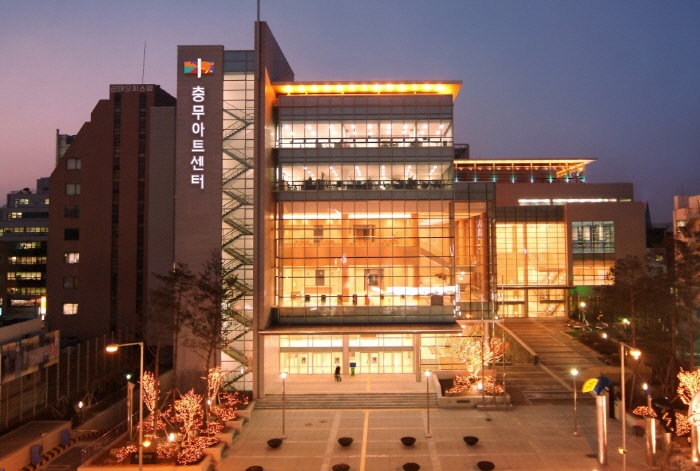
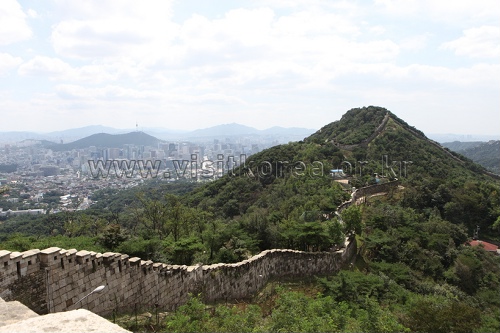
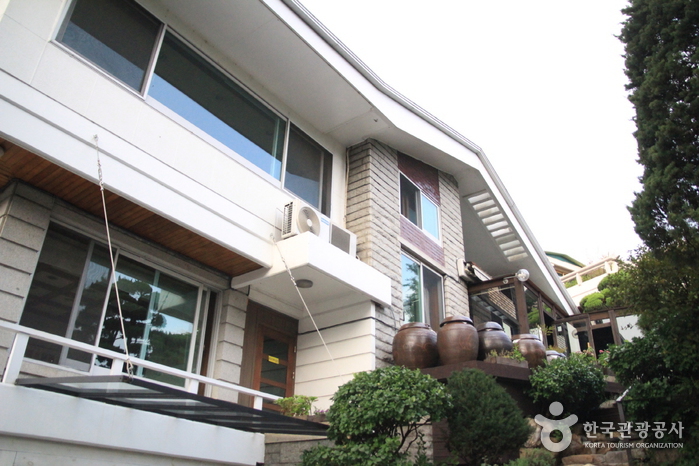
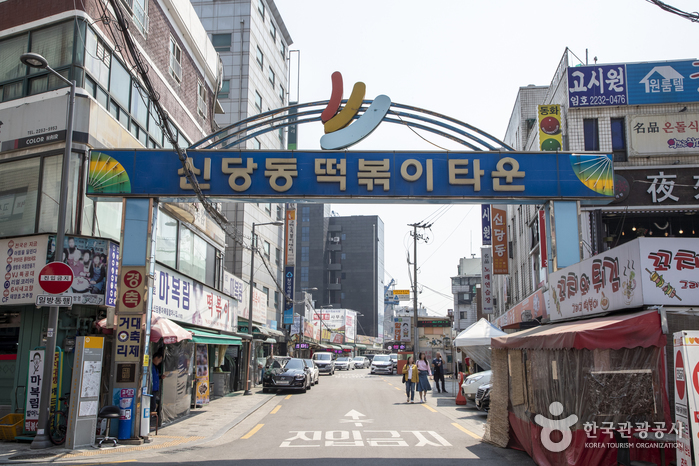

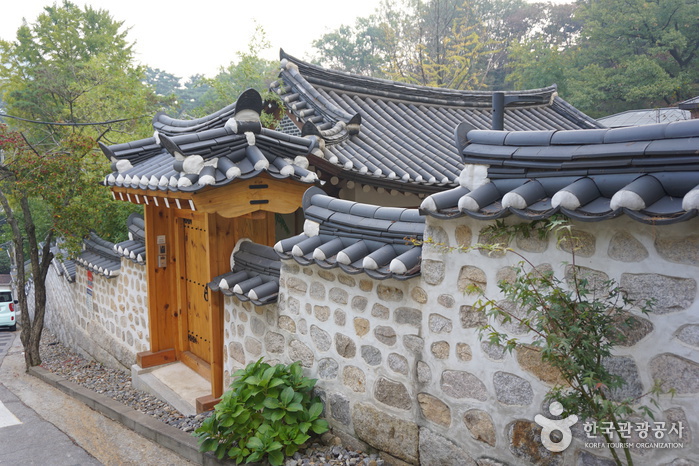
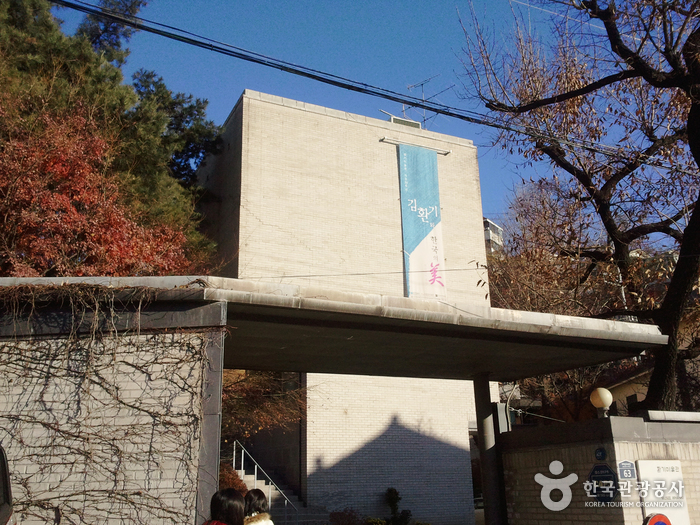
 Español
Español
 한국어
한국어 English
English 日本語
日本語 中文(简体)
中文(简体) Deutsch
Deutsch Français
Français Русский
Русский